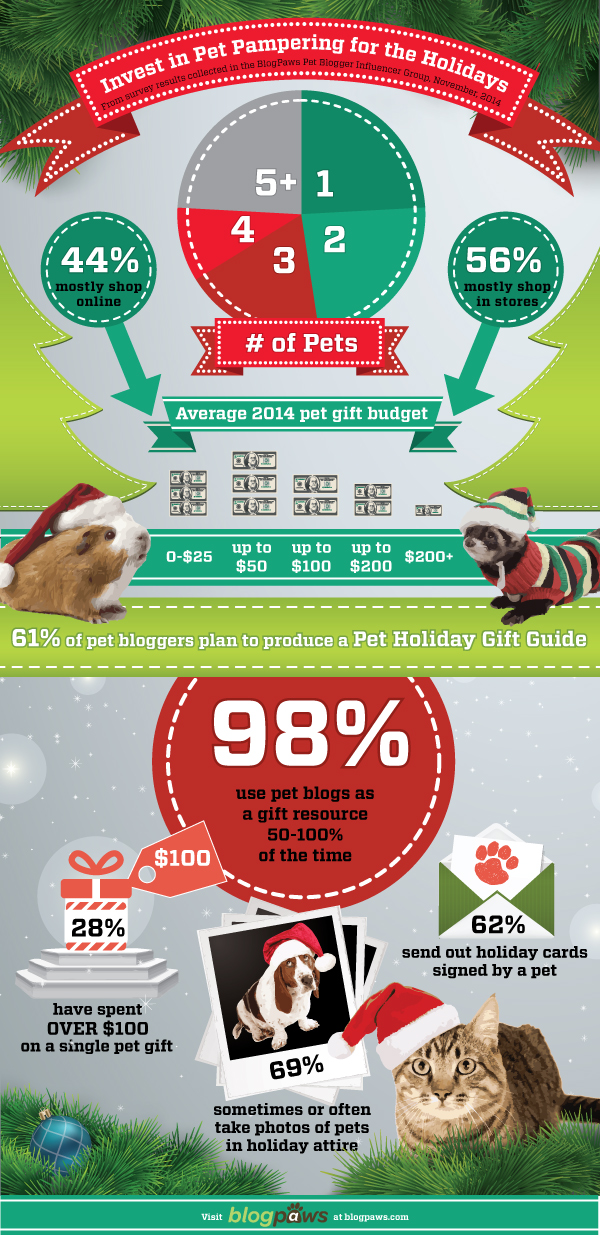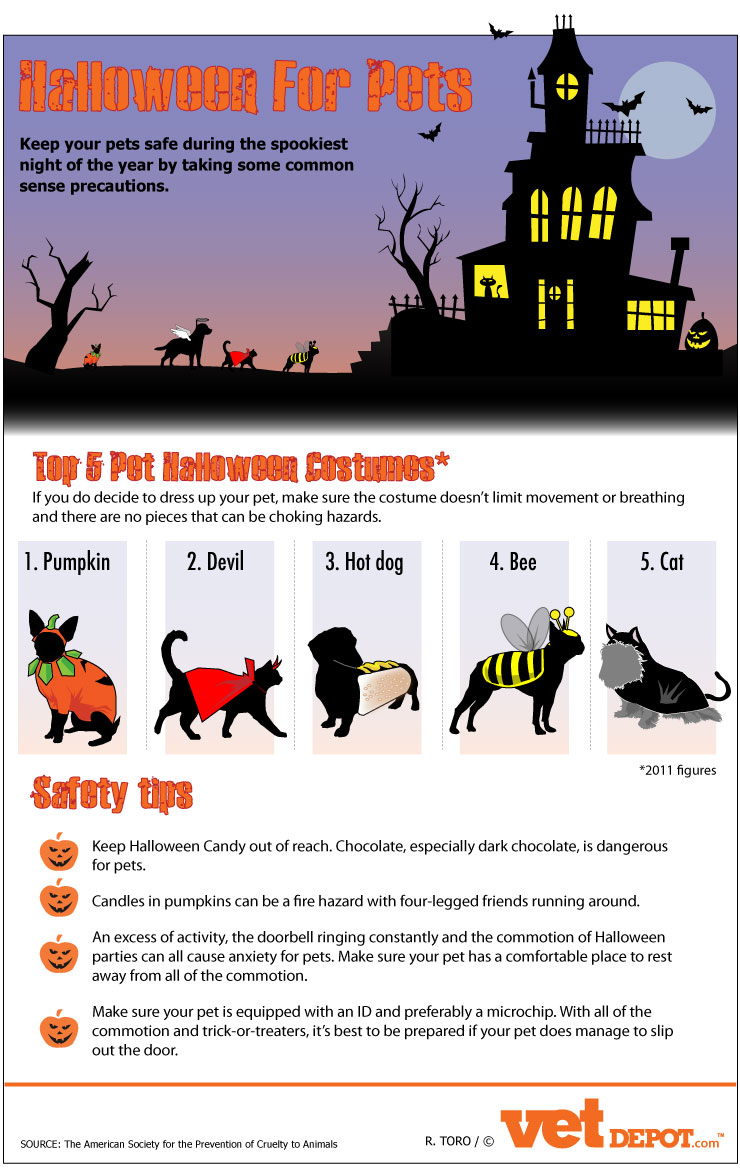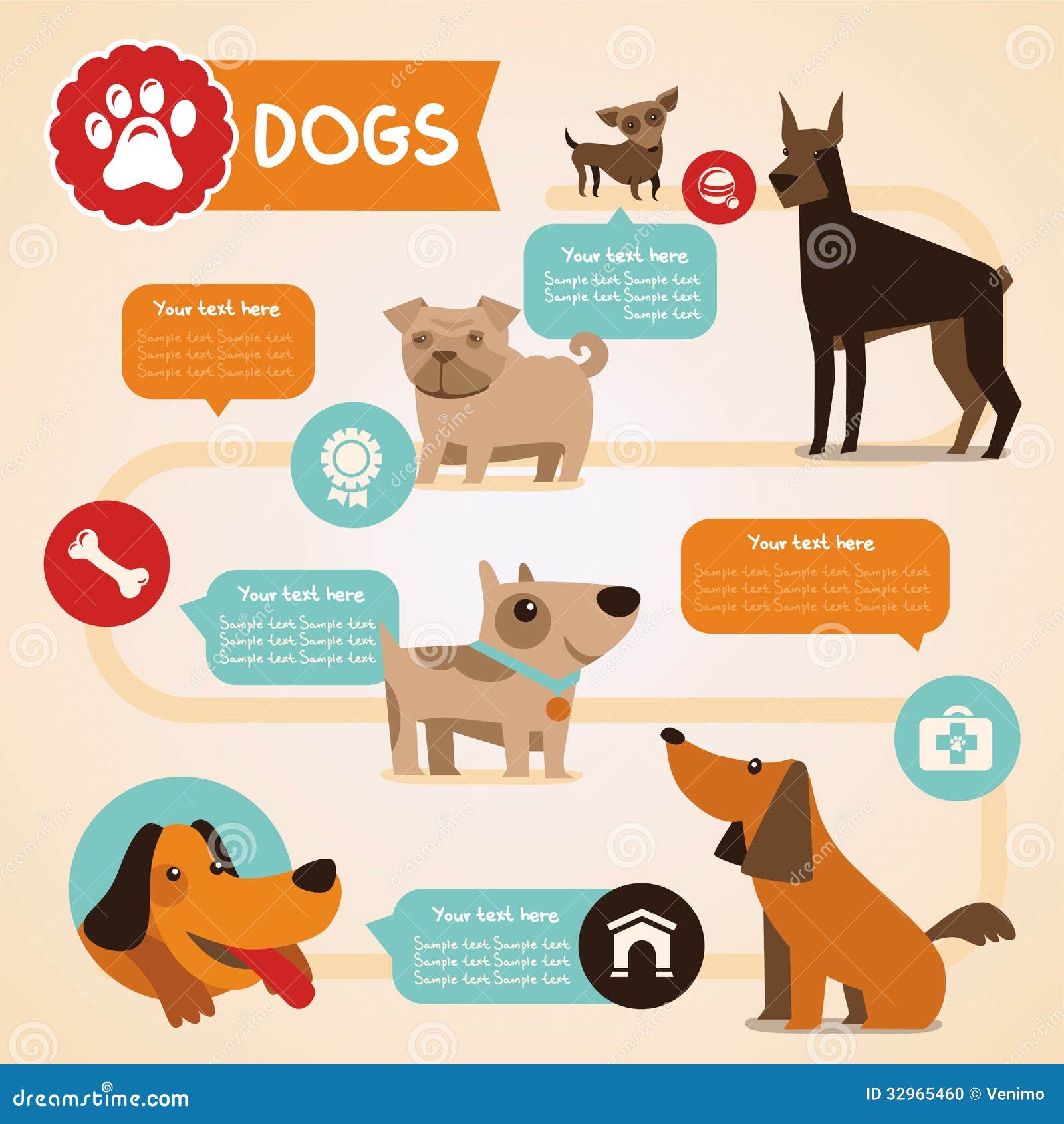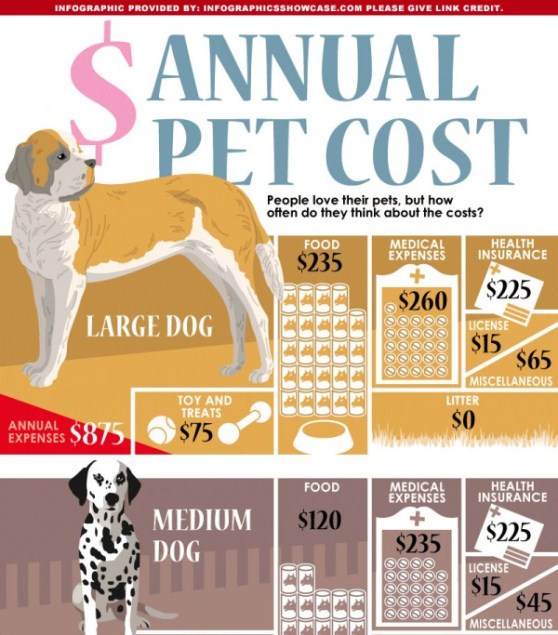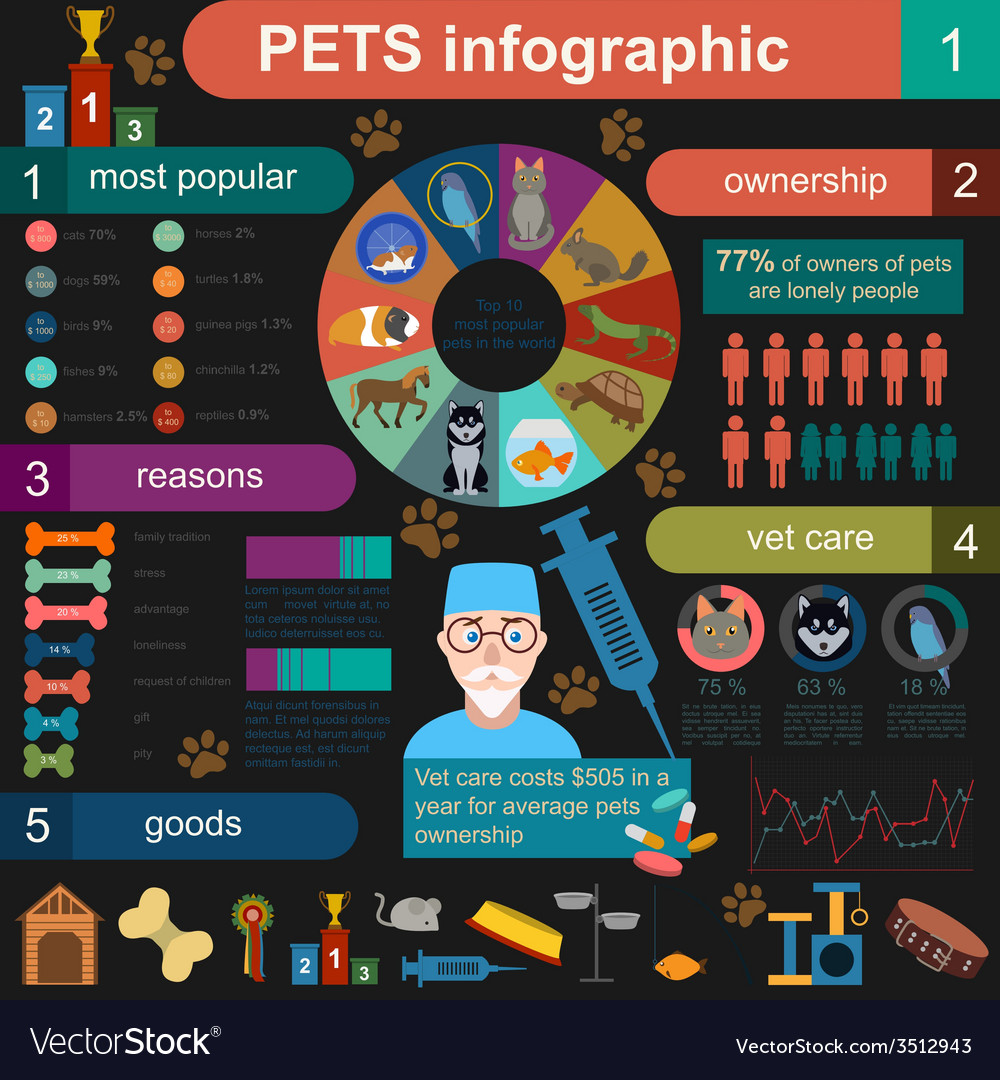Dog Daycare Temperament Testing
Dog Daycare Temperament Testing
Blog Article
How to Introduce Pet Dog to Daycare
Leaving your pet for a day of fun and play away from home can be terrifying for both you and your pup. It's important to start preparing your pet early for the daycare experience.
Prior to your dog starts going to childcare, you should ensure that they're up to day on all inoculations (rabies, distemper, kennel coughing). You should also deal with their social skills with pet parks and pup classes.
Meet-and-Greets
Preferably, start your puppy's childcare experience with a meet-and-greet in a regulated setting. This will help your canine end up being adapted to the brand-new environments and other dogs. This may likewise be a good time to service recall so your pet dog will certainly come when a childcare personnel calls them.
Allowing dogs to greet one another through sniffing is a natural and fundamental part of their preliminary communications. It additionally permits them to trade social signs without straight call, lowering the potential for conflict or anxiety.
When introducing your dog, stay calm and upbeat. Dogs can pick up on their owner's emotions, and if they sense your anxiety or stress, it could lead to separation anxiety during their day at daycare. Additionally, attempt to restrict the quantity of time you leave your pet dog throughout drop offs, and maintain your farewells short.
Socialization
Doggy day care can be a terrific choice for numerous animals, however the transition can be stressful for some dogs. To help ease the stress, it's ideal to begin by presenting your pet dog to the center over short check outs. This will let them get used to the views, scents, and various other pet dogs in a risk-free and controlled environment.
Having the right tools, such as chains and deals with, can likewise assist make the first meeting effective. It is necessary to continue to be tranquil during the introduction, as your pet will certainly detect your emotions and may react adversely. Furthermore, servicing recalls and comprehending canine body language will certainly additionally be practical for a smooth and conflict-free introduction. Keeping up to day on your pet's inoculations is also essential as most childcares have stringent health and wellness and wellness needs.
Vaccinations
Many doggie childcares call for that your pup depends on day on all of their required inoculations. These usually include rabies, distemper, parvovirus, and bordetella (kennel coughing). Ask your day care of choice what their needs are to make sure that your canine will be enabled into the center.
It is likewise essential to maintain your dog up to day on their routine veterinary brows through. This will certainly allow you to check their health and wellness and alert your vet of any type of behavior modifications. Vaccines aid your pet dog's immune system find out to acknowledge and battle bacteria that can trigger significant illness, like rabies or distemper. There are two sorts of injections: live and suspended. Both can have adverse effects, but extreme unfavorable responses are extremely rare. Booster dog daycare and boarding dose are likewise readily available to provide your dog continuous immunity versus certain conditions.
Potty Training
Lots of people pick to send their pet dogs to daycare for extensive periods of time, usually since they function outside the home or have various other commitments during the weekday. Some pets are apprehensive concerning this separation and might show indications of stress or stress and anxiety at the daycare.
This is why it is necessary to gradually boost your dog's direct exposure to various other environments and individuals before sending them off to day care for longer visits. This technique additionally assists with splitting up anxiety and can aid your dog adapt to their new routine.
Pet crate Training
Getting your pet comfortable with their dog crate will enable them to loosen up while you're gone, which is an important part of separation stress and anxiety training. Beginning by placing their food recipe or interactive puzzle plaything within the cage, and progressively move it farther back with time. Reward their favorable behavior with treats and proceed this process up until your dog is happy to go in the pet crate on their own.
When your pet can enter their cage without whimpering when you close the door, they are ready to be crated for short time periods while you're away and at night. If they begin to whimper, you have enhanced the size of time also rapidly. Alternatives to dog crates consist of exercise pens, infant gateways and other easy-to-clean enclosures.
enter'>|










